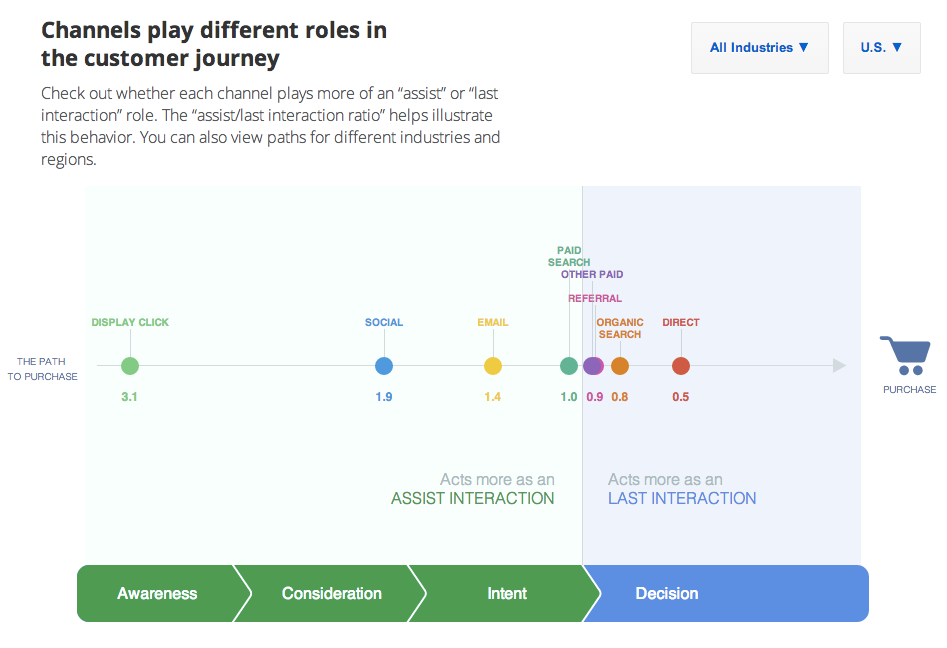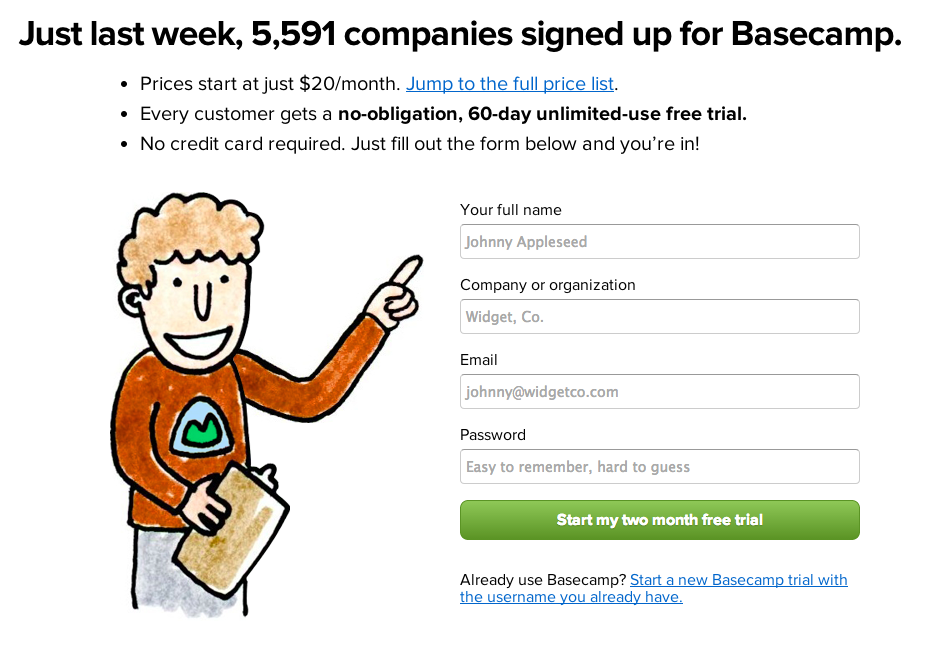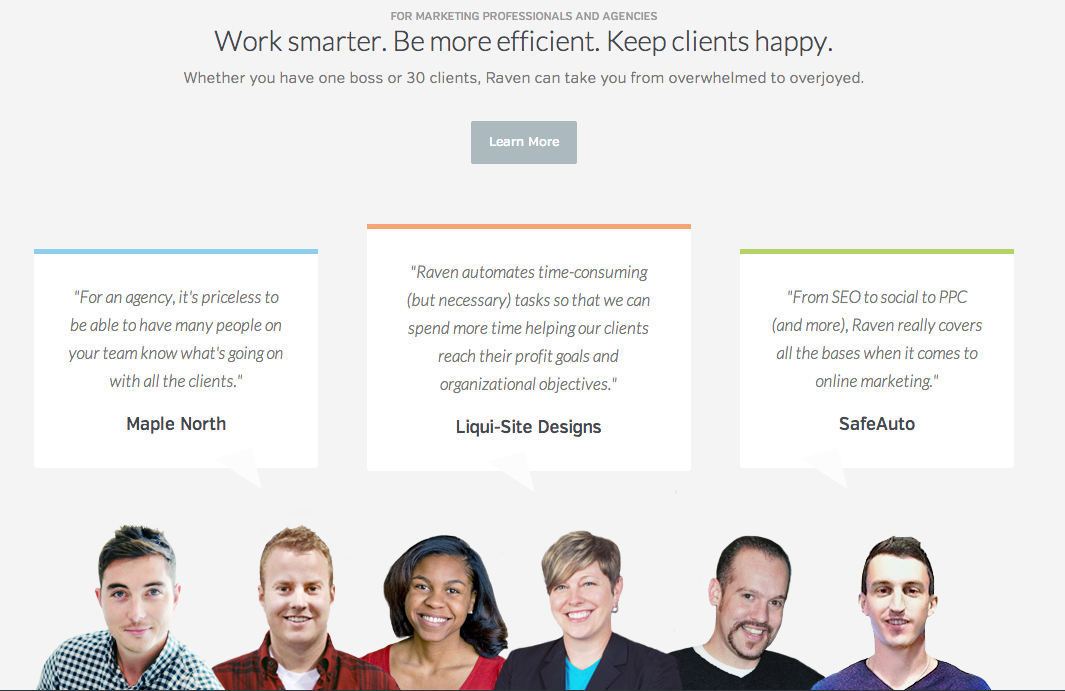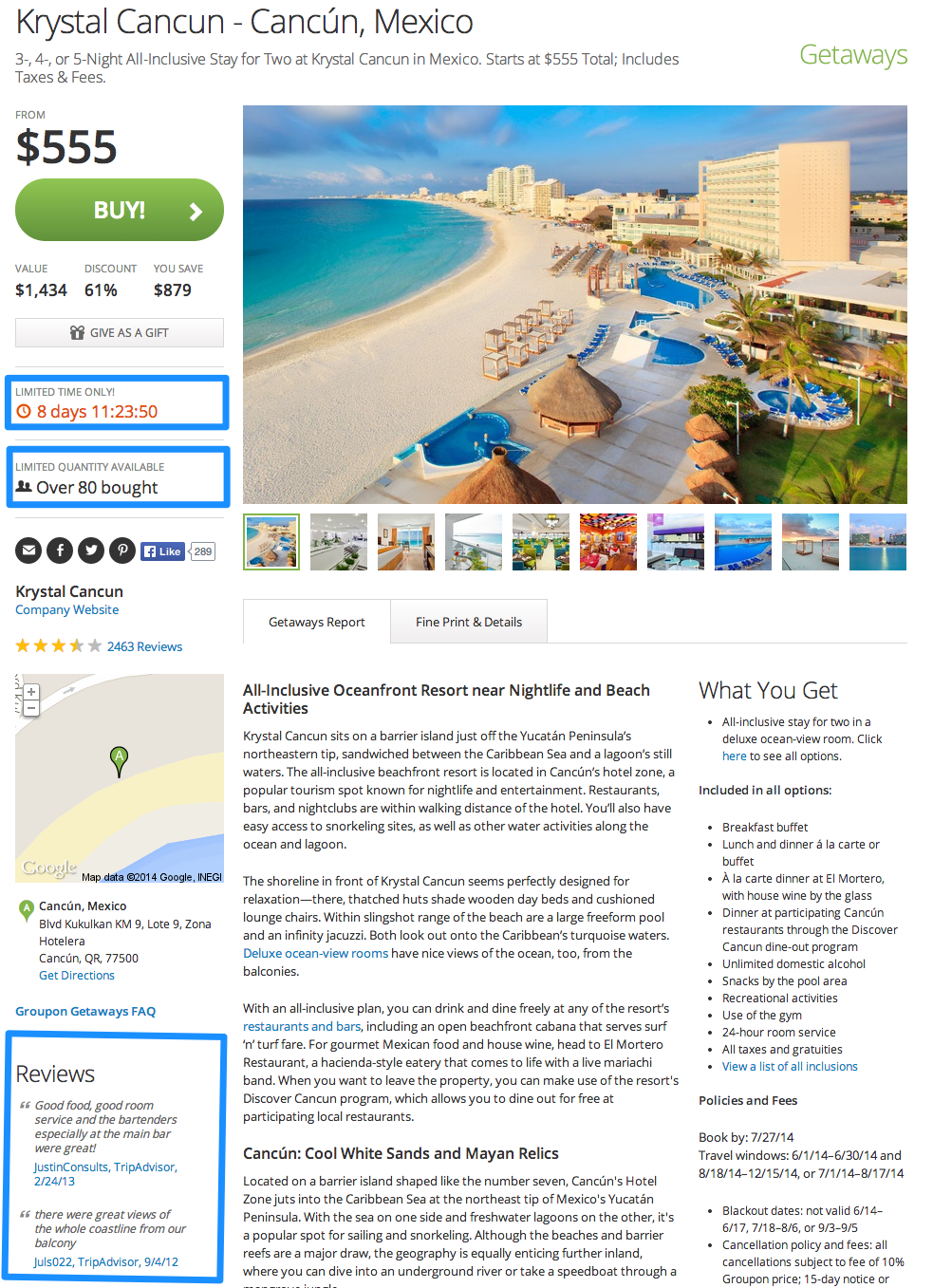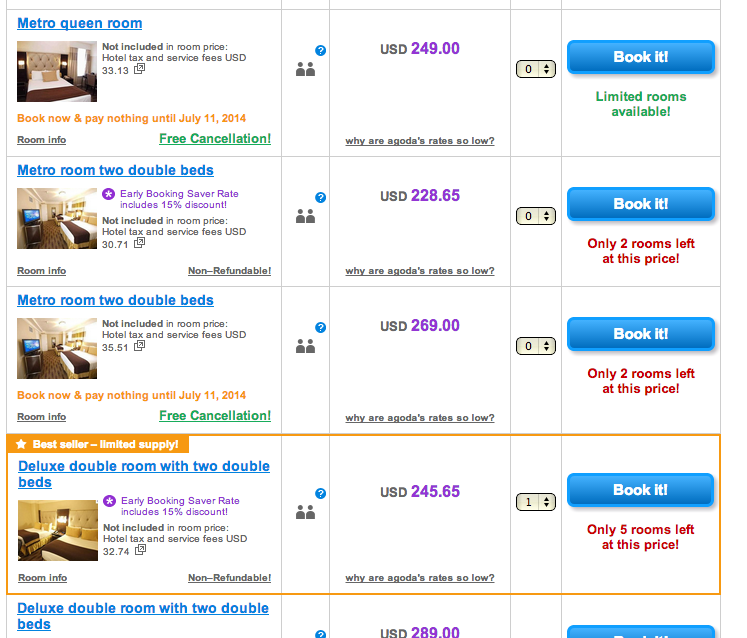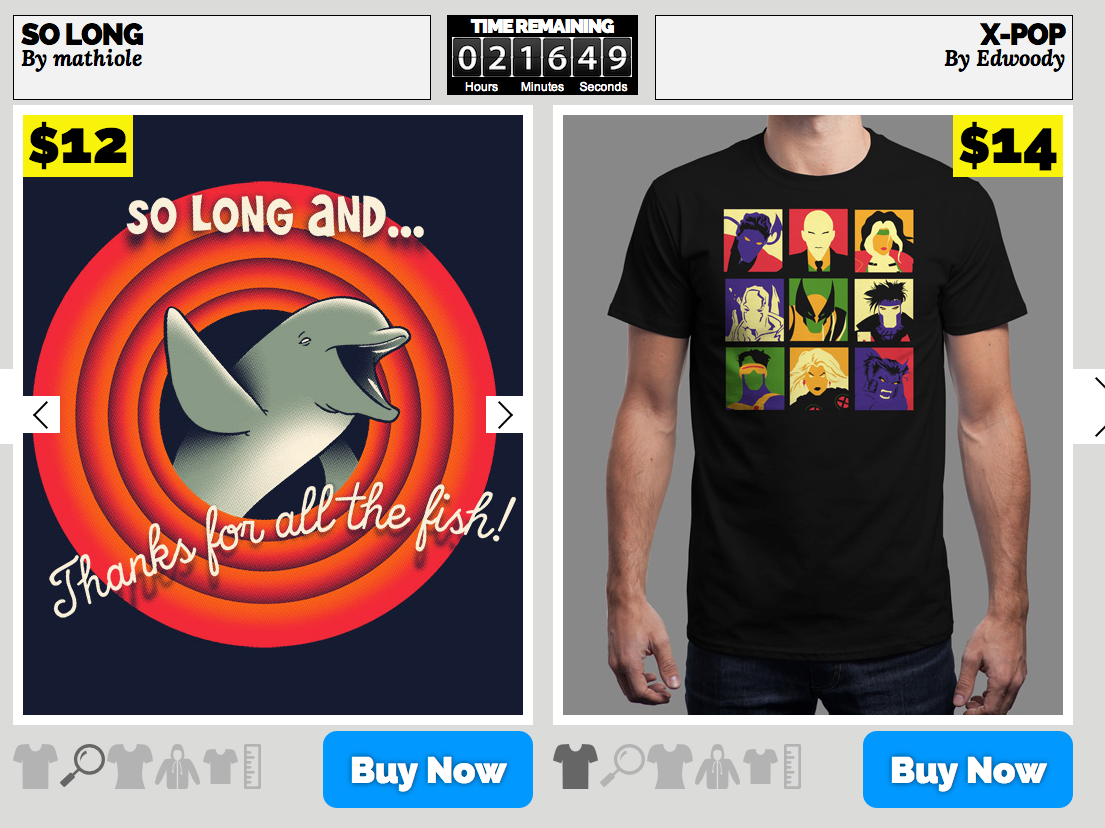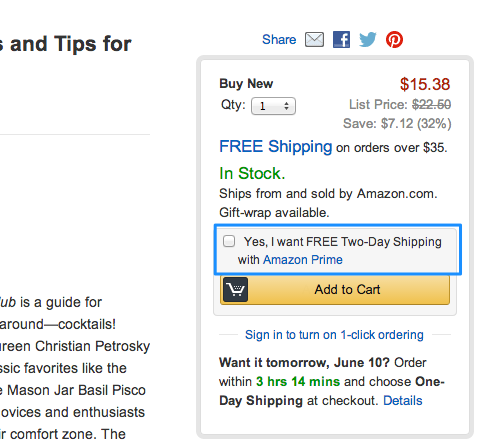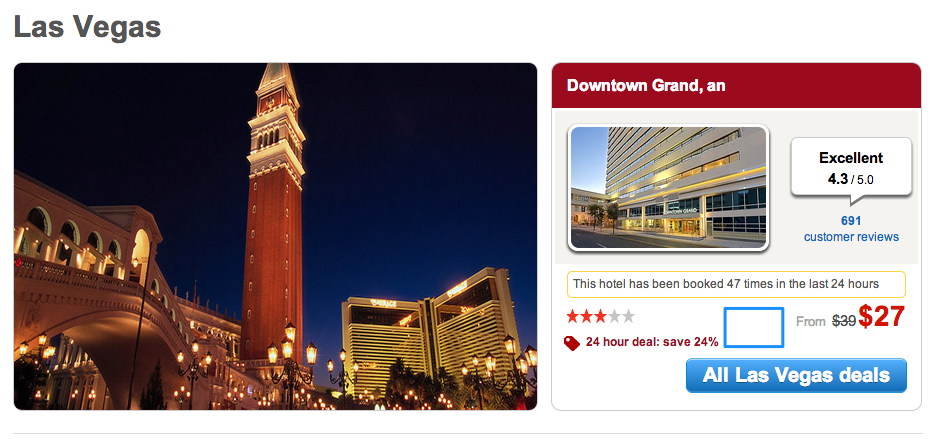Facebook just gave advertisers another benefit. Advertisers Can Now Reach Facebook Users by Their Most Recent Activities
Here is how it works. Up until this week, advertisers can target Facebook users
who took “Open Graph” actions no earlier than within 2 weeks. With today’s announcement, advertisers can now specify a shorter period.
For example, a site selling concert tickets can reach users who “listened” to a particular song within the last “3 days” instead of settling for the previous limit of “2 weeks”.
Why did Facebook introduce this feature? Simple. Recent memory increases chances of a visitor making a purchase. People have a higher propensity to purchase something that is fresh in their memories.
If you are a business that wants to take advantage of this new benefit offered by Facebook, please consult with a Facebook Ads API provider. AppAddictive is one of the approved Facebook Ads API providers. This benefit is available only with with the “target specifications” feature of Facebook, that only Facebook Ads API developers have access to.
We at AppAddictive, are very much keen to use this benefit with our existing clients. We are also constantly looking for new clients to add to our portfolio.
In fact, we are giving a client in the Retail Industry space an incentive to try this new feature. Just fill out the form on the right and we will contact you.

